Discovery Hut
A wooden hut from the Heroic Age of Antarctic Exploration.
The time between 1897 and 1922 is known as the Heroic Age of Polar Exploration, a time when both northern and southern polar regions of the globe were visited by humans for the first time. The United Kingdom, the superpower of the age, envisioned itself as the natural leader in this endeavor. The Discovery Hut stands as a monument to one of their less successful endeavors.
This humble wooden building was erected in 1902 at Hut Point on Ross Island near McMurdo Sound in Antarctica. The British, who had charged its best scientific minds with designing a habitat and storage facility suitable for Antarctic climatic conditions, intended to use the base for the Discovery Expedition led by Sir Robert Falcon Scott.
Unfortunately, the best minds of Britain had never set foot in Canada or Scandinavia, much less Antarctica. As an Antarctic habitat, the Discovery Hut proved to be an utter failure.
The hut was prefabricated in Australia at a cost of £360 and transported in pieces by ship to be assembled on the spot. The square structure had useless verandas on the three sides, which served only as snow traps. The insulation provided by a relatively thin layer of felt stuck between two layers of wooden planks turned out to be insufficient. The hut was unbearably cold and windy, so much so that the crew refused to use it and continued sleeping on the ship.
The pyramidal roof was not slanted enough to permit the sliding off of snow, but at least it made the profile of the building low enough to avoid the most brutal whips of wind. However, this too proved useless as the hut was oriented with the entrance on the windward southern side. The hut was visited again by Ernest Shackleton’s expedition in February 1908. Shackleton found the main door ripped off the hinges by a gust of wind and the entrance blocked completely by accumulated snow. Shackleton’s men had to enter the building via the window on the leeward side.
The lessons learned from Discovery Hut’s inadequacies were used while designing the base for the Terra Nova expedition, Scott’s next attempt to reach the South Pole. However, this was not enough to save the lives of Scott and his crew in this ill-fated effort.
Some of the provisions left by expeditions of the early 1900s are still present in the hut. A few of the items are in relatively good condition thanks to constant subzero temperatures. The century-old seal blubber hanging in the hut, though, has turned rancid.
Community Contributors
Added by
Plan Your Trip
The Atlas Obscura Podcast is Back!








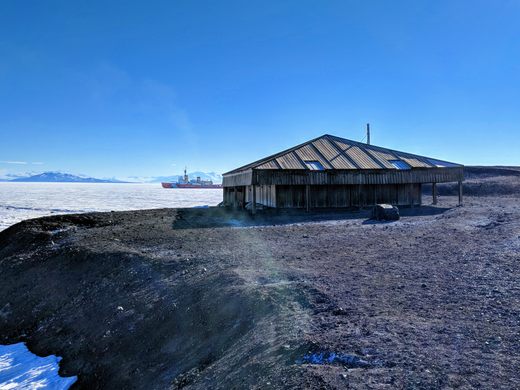








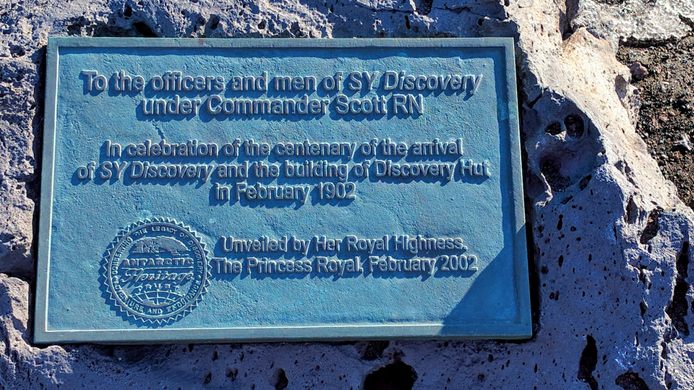
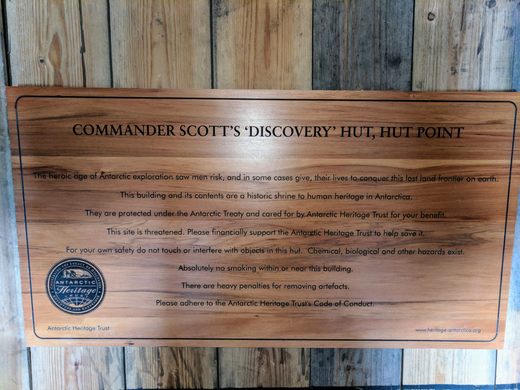
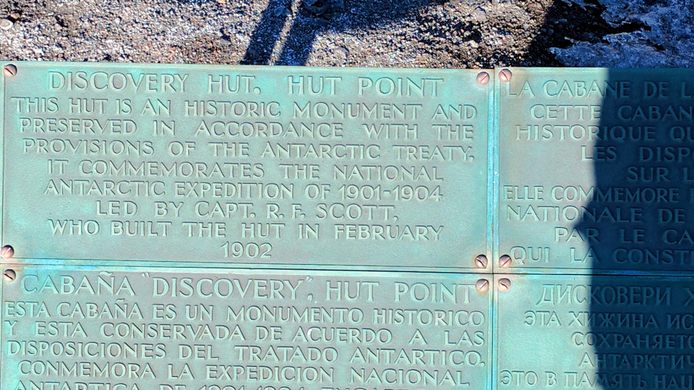
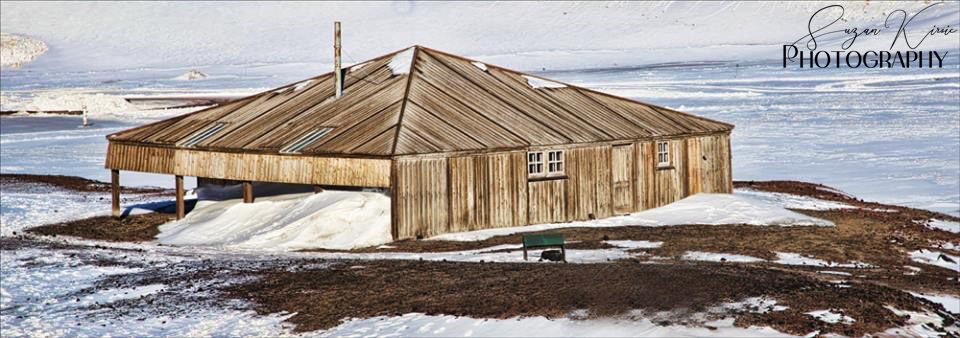


















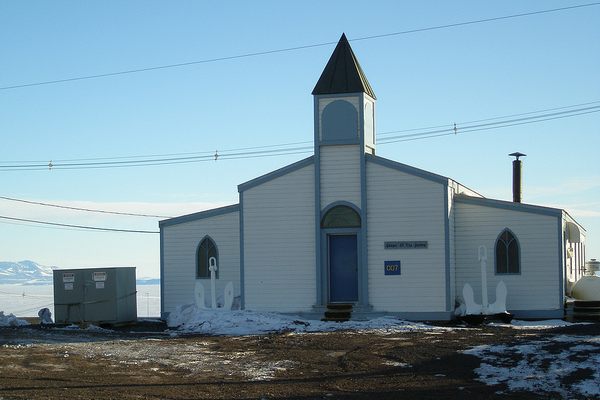


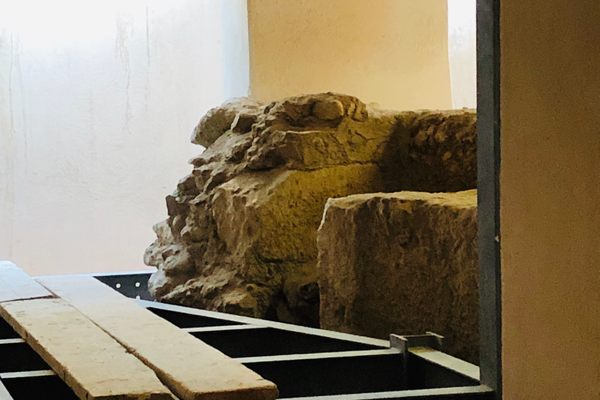



Follow us on Twitter to get the latest on the world's hidden wonders.
Like us on Facebook to get the latest on the world's hidden wonders.
Follow us on Twitter Like us on Facebook